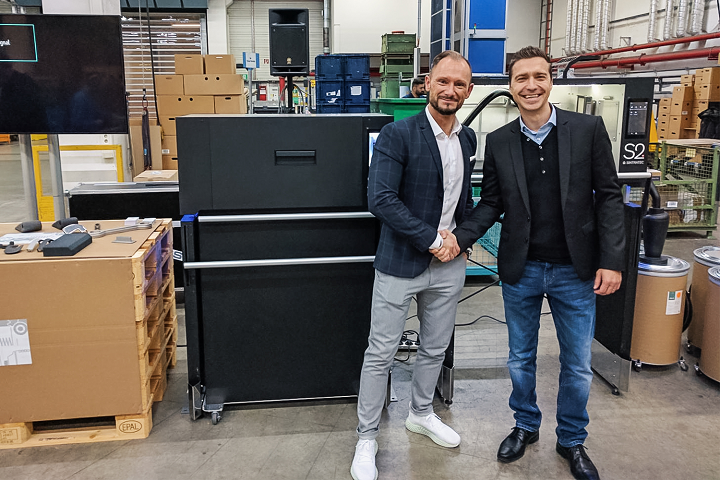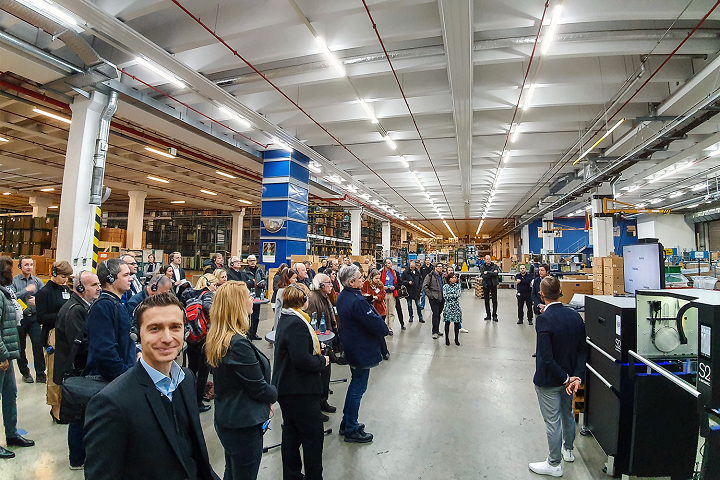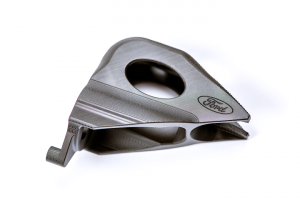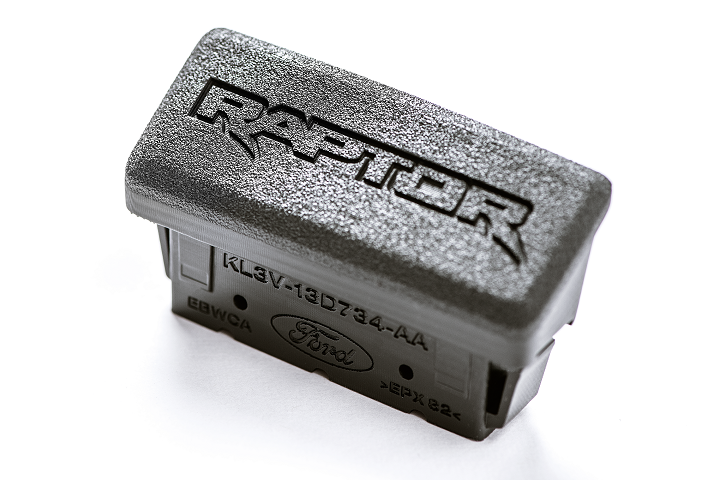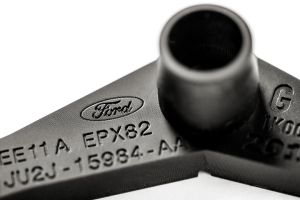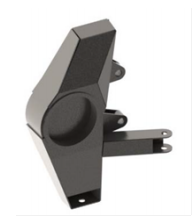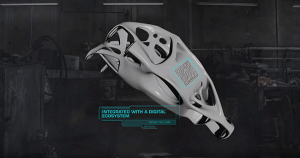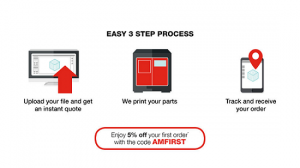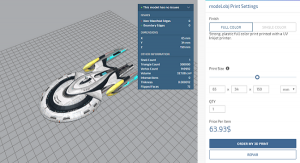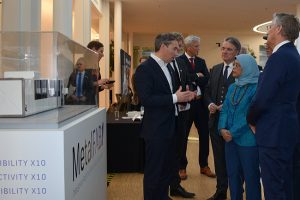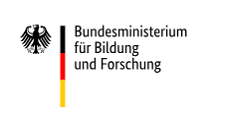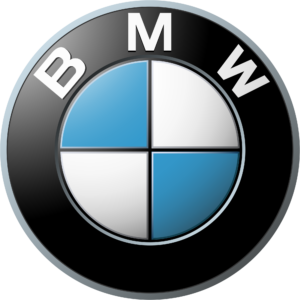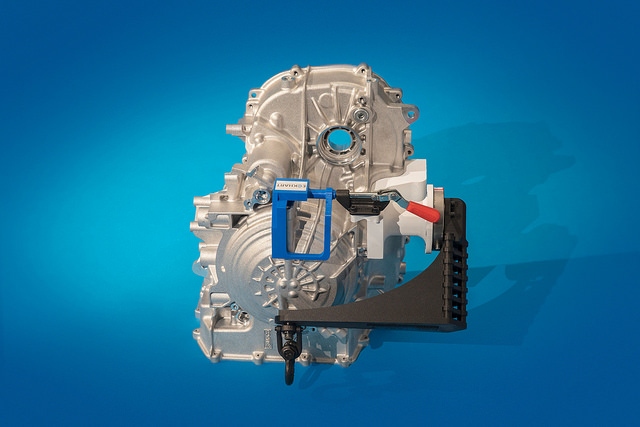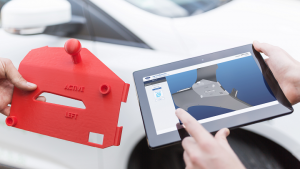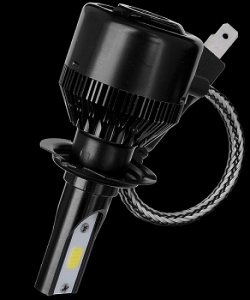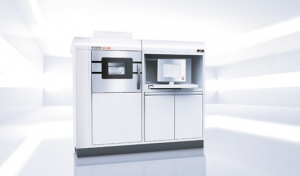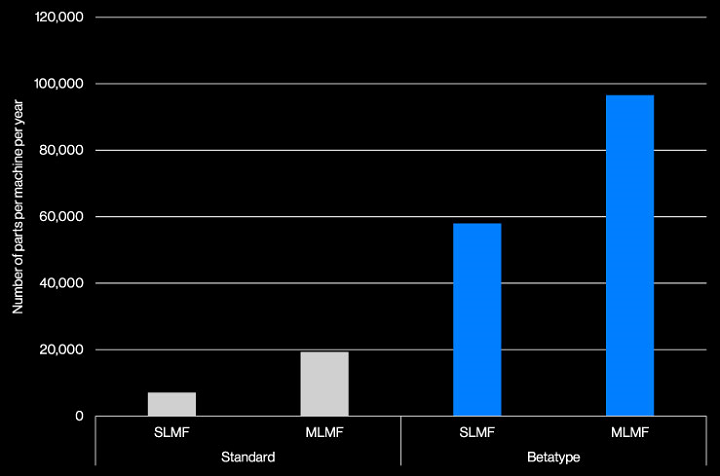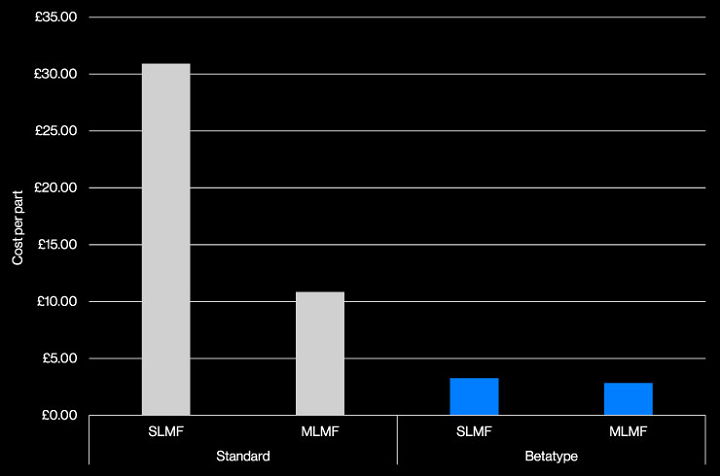Canadian materials science company Equispheres has just announced that it’s received support, and $8 million in funding, from Sustainable Development Technology Canada (SDTC), which it will use to help scale its metal 3D printing powder production capacity over the next two years.
 The SDTC foundation was created by the Government of Canada in order to advance clean technology innovation across the country by funding and supporting entrepreneurs and small and medium-sized enterprises that are working to develop, demonstrate, and deploy “globally competitive” clean technology solutions.
The SDTC foundation was created by the Government of Canada in order to advance clean technology innovation across the country by funding and supporting entrepreneurs and small and medium-sized enterprises that are working to develop, demonstrate, and deploy “globally competitive” clean technology solutions.
SDTC believes that Equispheres’ aluminum alloy powder, which was specifically designed for additive manufacturing and optimized for applications in both the aerospace and automotive industries, can help bring about real-world change.
“Canadian cleantech entrepreneurs are tackling problems across Canada and in every sector. I have never been more positive about the future,” stated Leah Lawrence, the President and CEO of SDTC. “Equipsheres as developed a metal powder that acts as ink for 3D printing and enables automotive and aerospace manufacturers to reduce the weight of their products. With Equispheres’ powder set to remove 100 – 200 kg of mass from an automobile, this would be the equivalent to removing 75 million cars off the road!”
Aerospace and automotive manufacturers alike have the same mission to reduce their products’ carbon footprint, and weight optimization is key. While 3D printing has certainly been used in these industries many times before, it was not always possible to achieve mass production scale with aluminum alloy powders, which is what Equipsheres specializes in. According to a company press release, these materials also “account for a significant amount of the material demand” in both industries, so a powder that can make stronger, more lightweight parts in a more efficient way is hugely important.
 Equispheres provides high performance, mono-sized metal powders, which can fabricate parts that are up to 30% stronger and lighter than those made with other AM powders. In addition to more efficient production, part performance has also been positively impacted with these powders – the release states that the company’s AM powder is anticipated to improve fuel efficiency by over 10% in the automotive industry, was “proven exceptional” in tests run by McGill University, and outperformed in aerospace-ready quality tests.
Equispheres provides high performance, mono-sized metal powders, which can fabricate parts that are up to 30% stronger and lighter than those made with other AM powders. In addition to more efficient production, part performance has also been positively impacted with these powders – the release states that the company’s AM powder is anticipated to improve fuel efficiency by over 10% in the automotive industry, was “proven exceptional” in tests run by McGill University, and outperformed in aerospace-ready quality tests.
Equisheres has received major funding for its work in AM powders before, but the timing of this particular award from SDTC “aligns well with other initiatives” the company has been working on in regards to offering a clean technology solution in the aerospace and automotive fields. For example, it put together a consortium that includes a top aerospace company and leading automotive manufacturer in order to use the weight optimization potential of the AM powder to its advantage in order to reduce vehicle weight. But this new funding support from SDTC will allow Equispheres to work with even more partners in the aerospace and automotive industries to “help them realize the benefits of more efficient production and reduced emissions.”
“We are excited to receive this funding award from the SDTC Foundation. This support from SDTC speaks to the importance of our powder technology as a key to achieving significant emissions reductions in the automotive sector,” said Equispheres CEO Kevin Nicholds. “The funding from SDTC will help Equispheres to continue to accelerate our production capacity and support this important work by our automotive partners.”
Discuss this story, and other 3D printing topics, at 3DPrintBoard.com or share your thoughts in the Facebook comments below.
The post Equispheres Receives $8 Million from SDTC to Scale Metal 3D Printing Powder Production appeared first on 3DPrint.com | The Voice of 3D Printing / Additive Manufacturing.




